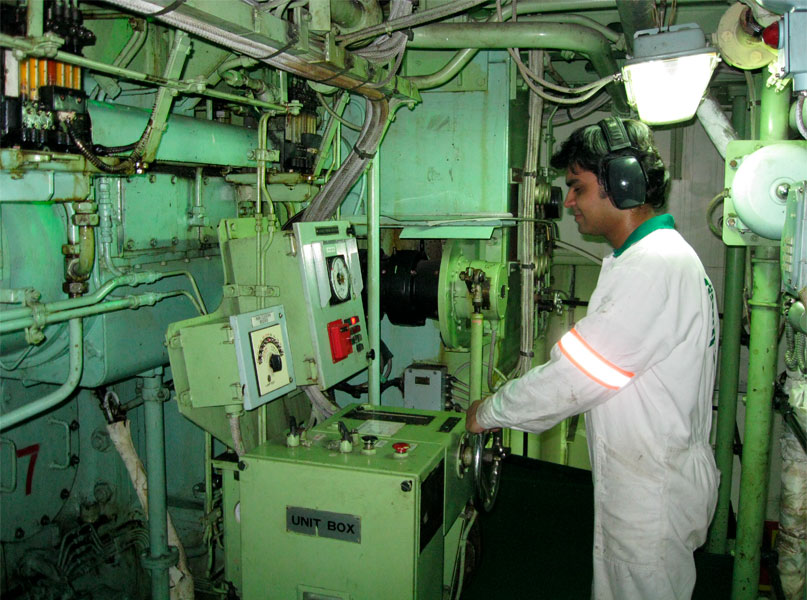- Hydraulically tightened so that the whole engine can be held in compression.
- Placed as close to the centerline of the crankshaft of the engine to minimize the bending movement in the transverse girder.
Effect of loose or broken tie rod
- Vibration in the main engine.
- Fretting of mating surface.
- Can cause crank shaft misalignment.
- Bearing damage.
- Foundation bolts and chocks may get loose.
- T/C of engine due to vibration in engine which will cause damage to rotor and bearing.
Tie- Rod Breaking reasons:-
- Not properly tightened.
- Material and threading of tie rod under rated.
- Aging of tie rod.
- Over tightened.
- Engine overload or peak pressure of cylinder very high.
- Foundation bolts have become loose or chocks are damaged reading to transmission of vibration in to tie rods.
- Scavenge fire results in expansion of rods.
- Quenching screws are loose.
- Heavy weather can cause engine overload.
Removing a broken tie rod:-
- Cut the tie rod out in small pieces.
- Passing a wire loop down the tie rod tube to the bottom of the tie bolt and lifting the bolt out.
- Jacking the bolt out from below.



No comments:
Post a Comment